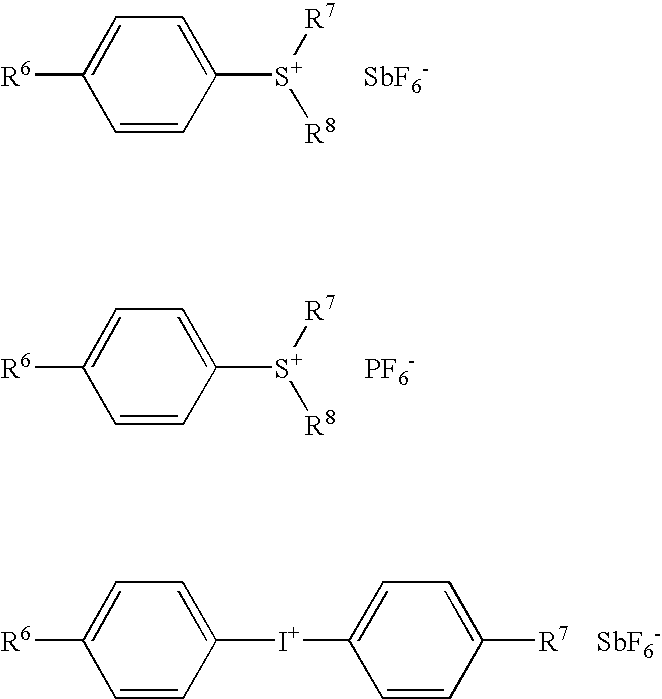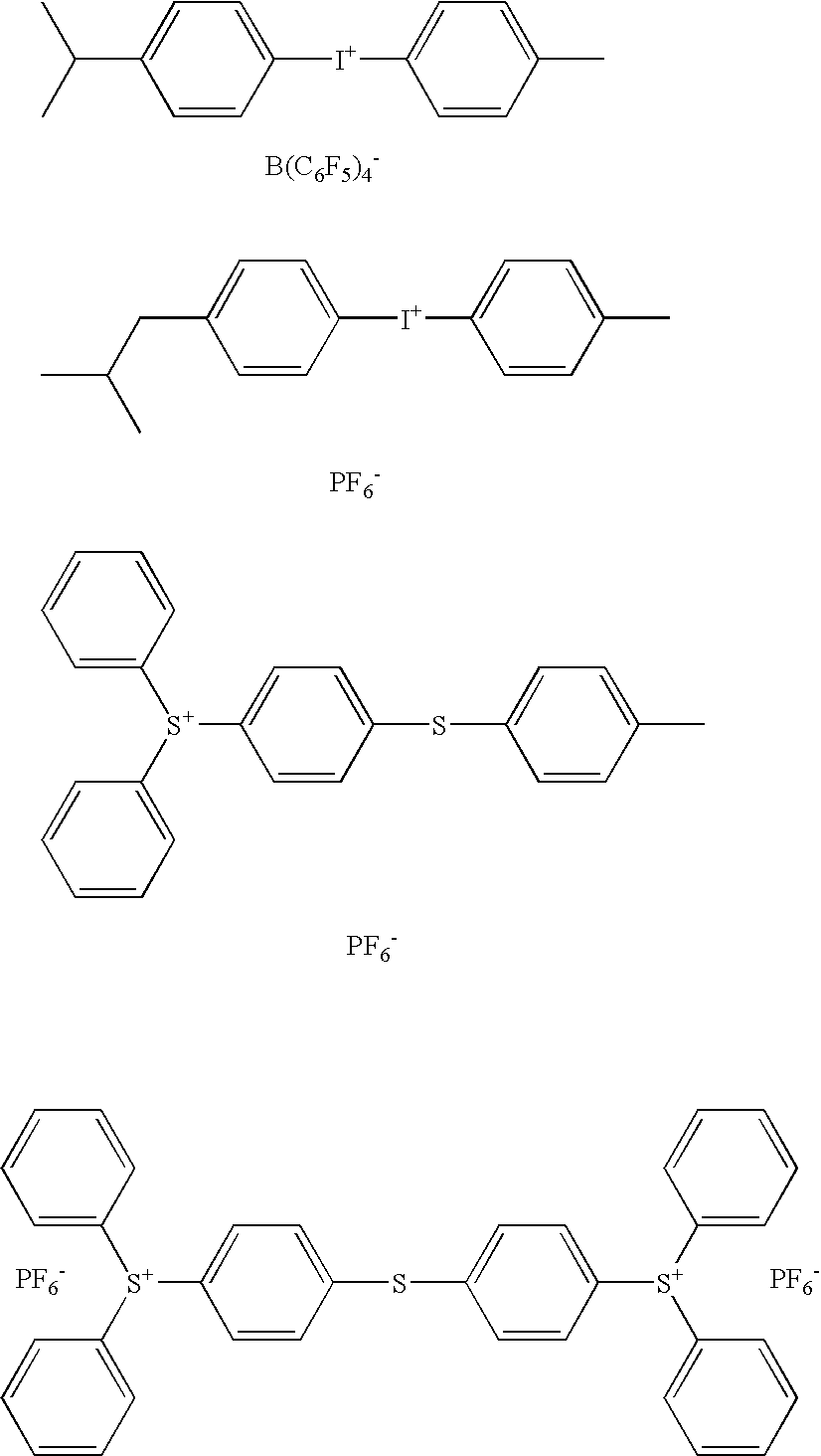Photocurable coating composition, film forming method, and coated article
- Summary
- Abstract
- Description
- Claims
- Application Information
AI Technical Summary
Benefits of technology
Problems solved by technology
Method used
Image
Examples
synthesis example 1
[0109]A flask equipped with a stirrer, condenser and thermometer was charged with 100 g of a bissilane compound (A), shown below, and 1 g of a cation exchange resin, which were stirred and mixed at 25° C. To the flask 40 g of water was added dropwise over 10 minutes. The contents were stirred at 40° C. for 6 hours until hydrolytic condensation terminated. To the flask was added 200 g of a hollow silica nano-particle sol (dispersion of hollow silica particles with an average particle size of 60 nm and a shell thickness of 10 nm in isopropanol in a silica concentration of 20%). The solution was diluted with ethanol to a nonvolatile content of 4%, the cation exchange resin was filtered off, and 0.1 g of polyether-modified silicone was added, yielding a coating solution (1).
(CH3O)3Si—C2H4—C4F8—C2H4—Si(OCH3)3 (A)
synthesis example 2
[0110]A flask equipped with a stirrer, condenser and thermometer was charged with 100 g of the bissilane compound (A), used in Synthesis Example 1, 200 g of a hollow silica nano-particle sol (dispersion of hollow silica particles with an average particle size of 60 nm and a shell thickness of 10 nm in isopropanol in a silica concentration of 20%), and 1 g of a cation exchange resin, which were stirred and mixed at 25° C. To the flask 40 g of water was added dropwise over 10 minutes. The contents were stirred at 40° C. for 6 hours until hydrolytic condensation terminated. The solution was diluted with ethanol to a nonvolatile content of 4%, the cation exchange resin was filtered off, and 0.1 g of polyether-modified silicone was added, yielding a coating solution (2).
synthesis example 3
[0111]A coating solution (3) was prepared as in Synthesis Example 2 except that a silane compound (B) was used instead of the silane compound (A).
(CH3O)3Si—C2H4—C6F12—C2H4—Si(OCH3)3 (B)
PUM
| Property | Measurement | Unit |
|---|---|---|
| Temperature | aaaaa | aaaaa |
| Percent by mass | aaaaa | aaaaa |
| Percent by mass | aaaaa | aaaaa |
Abstract
Description
Claims
Application Information
 Login to View More
Login to View More - R&D
- Intellectual Property
- Life Sciences
- Materials
- Tech Scout
- Unparalleled Data Quality
- Higher Quality Content
- 60% Fewer Hallucinations
Browse by: Latest US Patents, China's latest patents, Technical Efficacy Thesaurus, Application Domain, Technology Topic, Popular Technical Reports.
© 2025 PatSnap. All rights reserved.Legal|Privacy policy|Modern Slavery Act Transparency Statement|Sitemap|About US| Contact US: help@patsnap.com



